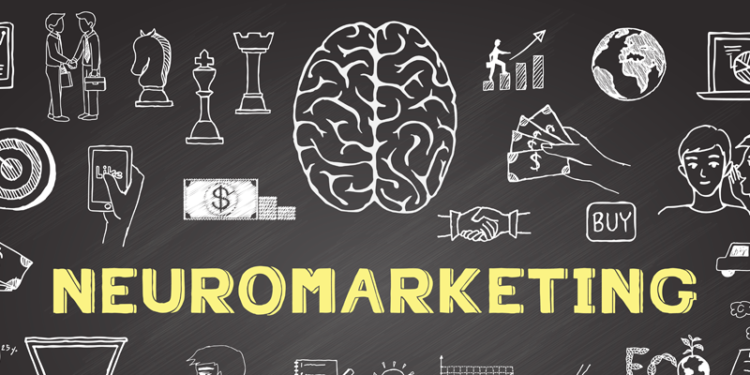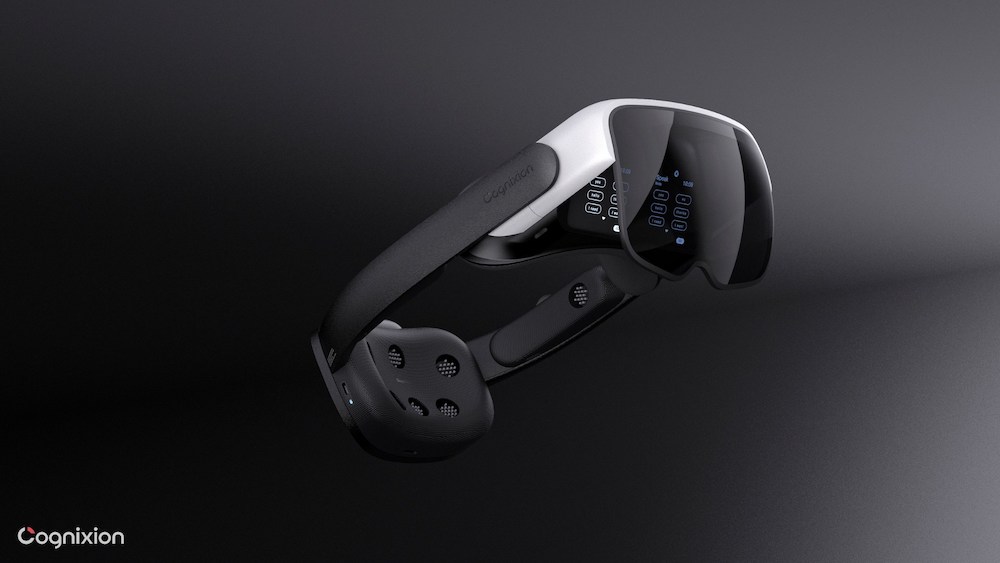Big Data technology is capable of creating consumption patterns that allow us to know the advantages when it comes to positioning the content.
The neuromarketing it is gaining more and more strength among companies, since the amount of information we process today is much greater than before. With the digital age, the transmission and dissemination of content is much easier. Thanks to the web and digital platforms such as Social Networks, information reaches many more people massively. Therefore, all businesses take advantage of this advantage to make themselves known among those who consume their products.
However, given the large number of companies, the strong competitiveness between them and the message saturation to whom we expose ourselves every day, all businesses put special interest in elaborating their contents in such a way that they stand out above the rest. To achieve this objective, and taking into account commercial relations 2.0, it has been concluded that it is necessary that advertising is not merely informative, but that it gets the public to create an emotional and fall in love with products.
This is where the neuromarketing technique, since it has been studied and proven that the appeal to emotions is effective in advertising campaigns or when disseminating content. Although consumer attitudes and tastes can change depending on the circumstances of people, following certain neuromarketing strategies it is easy to develop the brand of a product to succeed in the network. Neurology and psychology play an important role at this point, since aspects such as shape, color, the way of communicating or the logo of a product are determining factors when it comes to subtly driving the intention of consumption of the public.
Big Data as a determining factor
The predictive models provided by Big Data are already in use in the field of neuromarketing. The data related to consumption attitudes collected by this technology can be interpreted to establish consumption patterns based on the customs, interests or emotional reactions of the target audience. Logically, knowing these habits makes it easier to find the strongest points when it comes to positioning the content.
Thanks to this technology, we know that certain points of the screen are more comfortable when reading or viewing images-which means that the contents that are located here will have a greater appeal-, valuing very positively that the company speaks your language and that the digital public takes into account the ethics that the company in which it will consume.
Considering that the aspects of neuromarketing are quantifiable, would it be possible to go one step further? Under Martin Lindstöm, marketing expert and founder of Buyology Inc, the human being is perfectly predictable, since, despite the complexity of the brain and the ignorance that still exists regarding this organ, only 1,000 types of behaviors are known. Based on this premise, the possibility arises that the combination of Big Data technology with the Artificial Intelligence allow the latter to be able to process and predict “human” attitudes, even those most related to emotions such as intuition.








